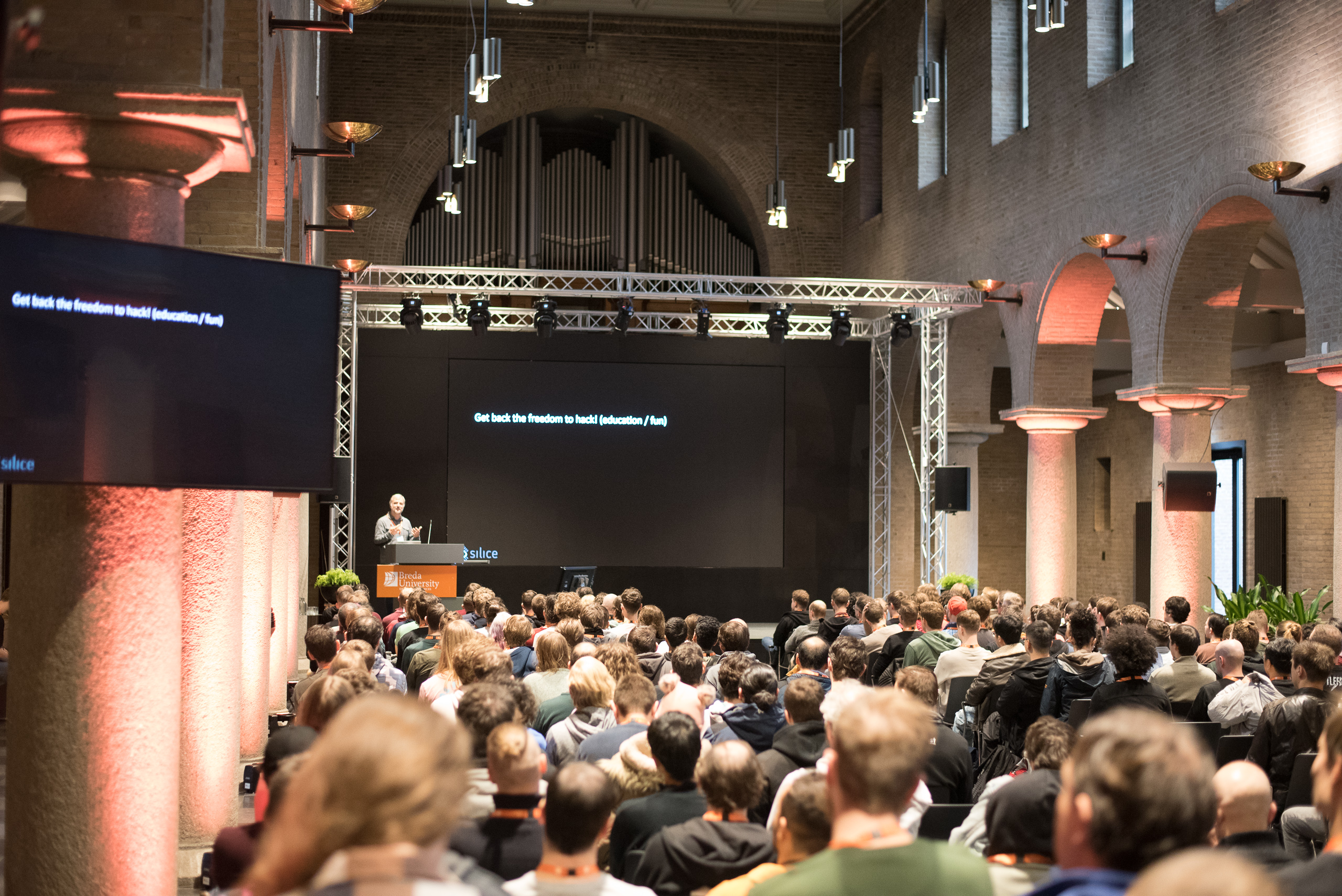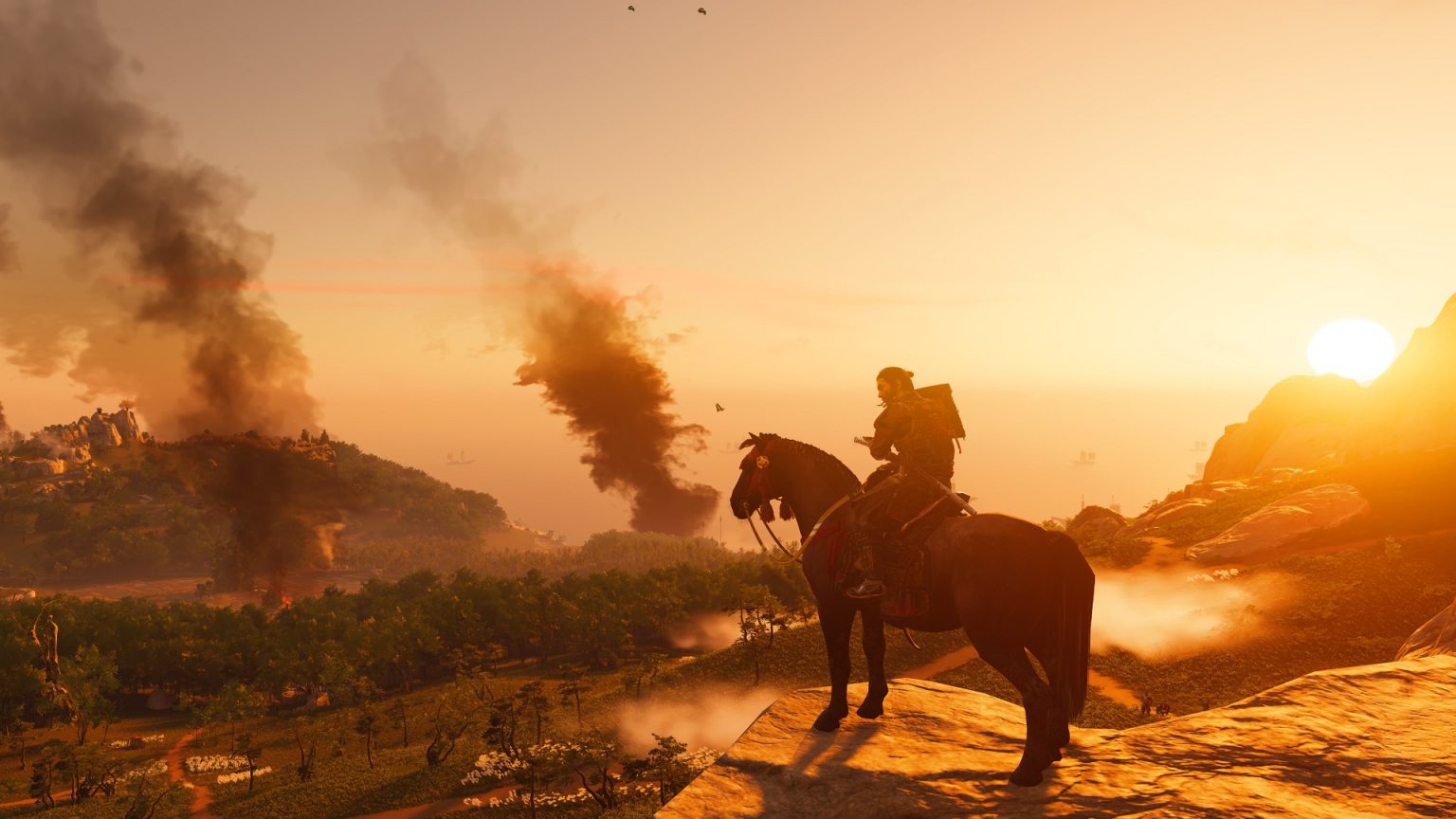November 18th-20th, 2025
Graphics Programming Conference

A new, international conference for real-time and interactive graphics programming.
After a fantastic 2024 edition, we're returning to Breda for the 2025 edition of the Graphics Programming Conference. Stay turned for more updates! If you're interested in sponsoring the event, please check our sponsors page.
2024 keynotes

Mission: Importable - Ghost of Tsushima PC Postmortem
Our first keynote from Marco Bouterse and Yana Mateeva (Nixxes Software) described the challenges porting from a console to D3D12, and how they solved them.

The road to Baldur's Gate 3
Wannes Vanderstappen from Larian Studios provided a deep dive into Baldur's Gate 3 and the tech behind it.
From gates to pixels: making your own graphics hardware
In this keynote, Sylvain Lefebvre from INRIA covered how to build your own hardware, from FPGAs to custom silicon
... and many other talks, from companies like Massive Entertainment, Epic Games, Supergiant Games, AMD, ARM, Google, Keen Games, and more! See the 2024 archive for all talks and video recordings.
Last year's sponsors



